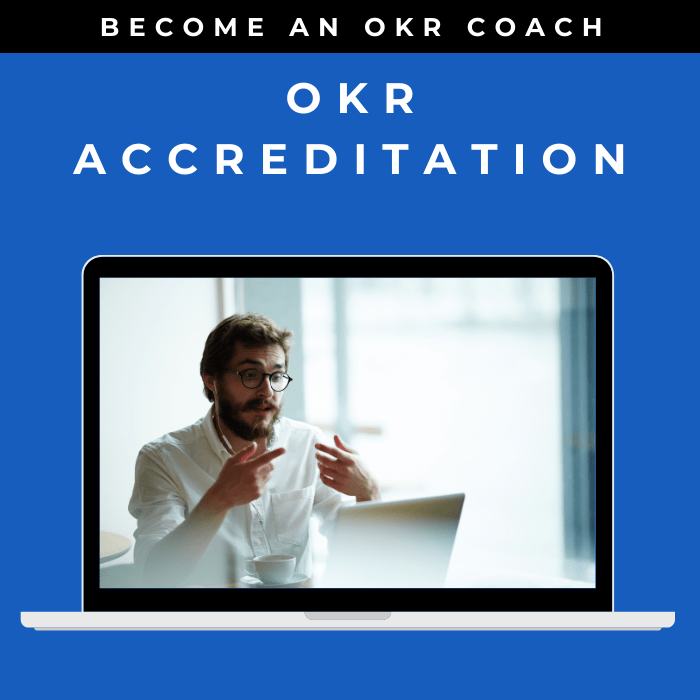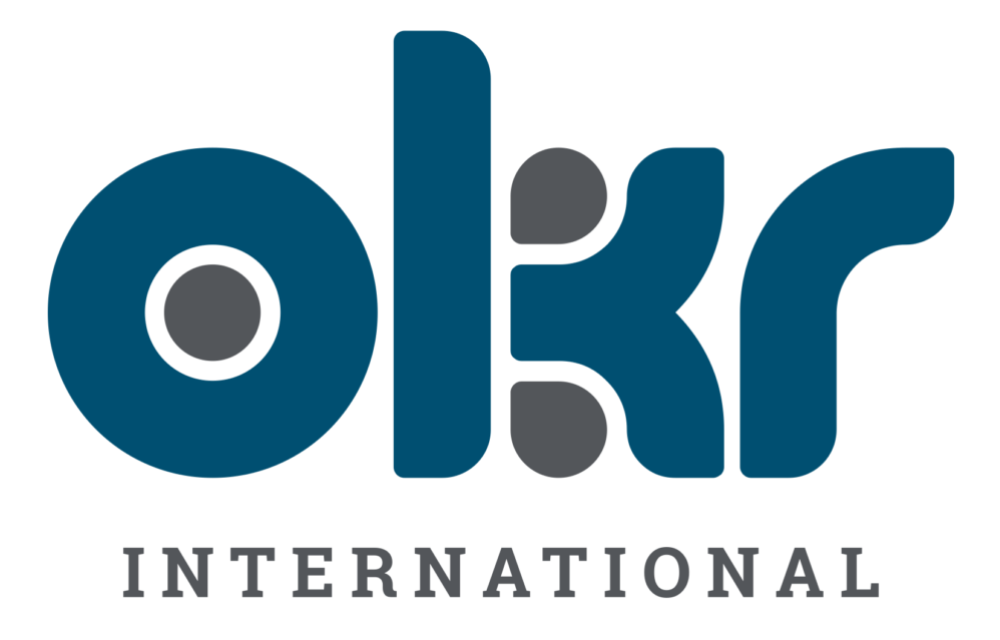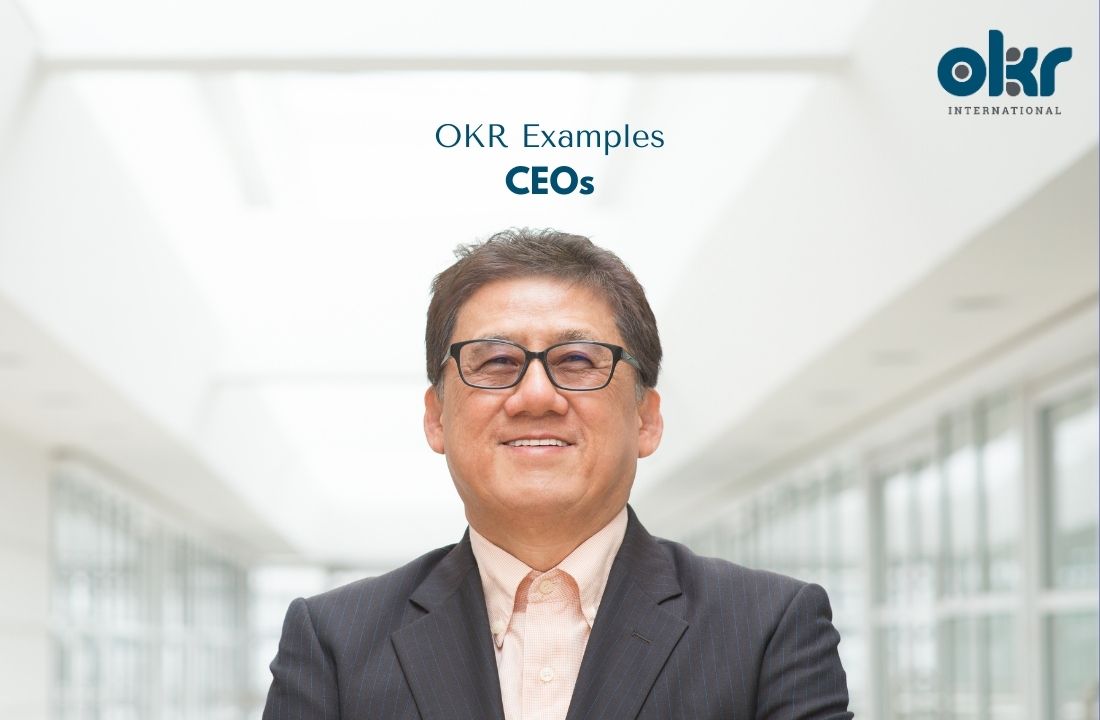OKR Examples for CEOs
As a CEO, setting effective Objectives and Key Results (OKRs) is crucial for driving organizational success and achieving strategic goals. Here, we present ten powerful OKR examples for CEOs, providing valuable insights for leaders aiming to excel in their roles and drive long-term growth.
1. Driving Revenue Growth
Objective: Increase revenue and drive business growth.
Key Results:
- Achieve a 20% increase in annual revenue compared to the previous year.
- Expand market share by 10% within the next six months.
- Launch and successfully monetize 1 new product or service by the end of the year.
2. Enhancing Customer Satisfaction
Objective: Improve customer satisfaction and loyalty.
Key Results:
- Achieve a customer satisfaction score (CSAT) of 90% or higher in customer surveys.
- Reduce customer churn rate by 15% within the next quarter.
- Implement a customer feedback system and address at least 80% of customer concerns within 48 hours.
3. Driving Operational Efficiency
Objective: Streamline processes and improve operational efficiency.
Key Results:
- Reduce operational costs by 10% within the next year.
- Implement process automation to increase productivity by 20%.
- Achieve a 95% on-time delivery rate for products or services.
4. Enhancing Innovation and R&D
Objective: Foster a culture of innovation and drive new product development.
Key Results:
- Launch a minimum of 3 new innovative products or services within the next year.
- Increase the investment in research and development (R&D) by 15% to drive innovation.
- Obtain at least 3 patents or intellectual property registrations within the next two years.
5. Strengthening Strategic Partnerships
Objective: Develop strategic partnerships to expand market reach.
Key Results:
- Establish partnerships with at least 3 key industry players within the next quarter.
- Increase revenue from strategic partnerships by 25% within the next year.
- Collaborate with 5 partners to launch joint marketing campaigns or initiatives.
6. Enhancing Leadership Development
Objective: Develop a strong leadership team and foster talent development.
Key Results:
- Implement 1 leadership development program for high-potential employees.
- Increase the promotion rate of internal candidates to leadership positions by 20% within the next year.
- Conduct 360-degree performance reviews for 100% of members of the leadership team.
7. Driving Employee Engagement and Culture
Objective: Build a positive and engaging work culture.
Key Results:
- Increase employee engagement survey scores by 10% compared to the previous year.
- Implement 4 initiatives to enhance work-life balance and well-being, resulting in a 15% reduction in employee turnover.
- Foster a diverse and inclusive workplace, achieving a 25% increase in employee satisfaction with diversity and inclusion efforts.
8. Expanding Market Reach and Geographic Expansion
Objective: Enter new markets and expand geographic presence.
Key Results:
- Successfully enter and establish operations in 2 new target markets within the next year.
- Increase market share in existing markets by 15% within the next two quarters.
- Develop and execute 1 comprehensive market entry strategy for a specific region or country.
9. Enhancing Brand Reputation
Objective: Improve brand reputation and strengthen brand equity.
Key Results:
- Increase brand awareness by 20% within the next six months through targeted marketing campaigns.
- Improve brand sentiment and perception by achieving a 15% increase in positive brand mentions.
- Enhance customer trust and loyalty, resulting in a 10% increase in repeat customer purchases.
10. Ensuring Ethical and Sustainable Practices
Objective: Promote ethical conduct and integrate sustainable practices.
Key Results:
- Implement 1 ethical conduct training program for all employees within the next quarter.
- Set and achieve specific sustainability targets, such as reducing carbon emissions by 20% or achieving zero waste to landfill.
- Obtain 3 recognized certifications or awards for sustainability and ethical practices.
By adopting these OKR examples, CEOs can drive revenue growth, enhance customer satisfaction, improve operational efficiency, foster innovation, develop strong leadership teams, drive employee engagement, expand market reach, strengthen brand reputation, and promote ethical and sustainable practices. These strategic objectives and key results serve as guiding principles for CEOs seeking to excel in their roles and lead their organizations towards success.

When looking to set OKRs, it’s natural to want examples to ignite the thought process or simply compare yours to OKR Examples. Check out our compendium of OKR Examples here.
Explore Our Range of Services
Bring OKRs (Objectives and Key Results) to your organisation with our tried & tested OKR Framework.


OKR International’s highly acclaimed Certified OKR Practitioner Program is the first and only OKR accreditation endorsed by ICF & HRCI for continuing education units.
OKR International helps leaders create the alignment, engagement and result orientation needed for growth by offering OKR Advisory services.



